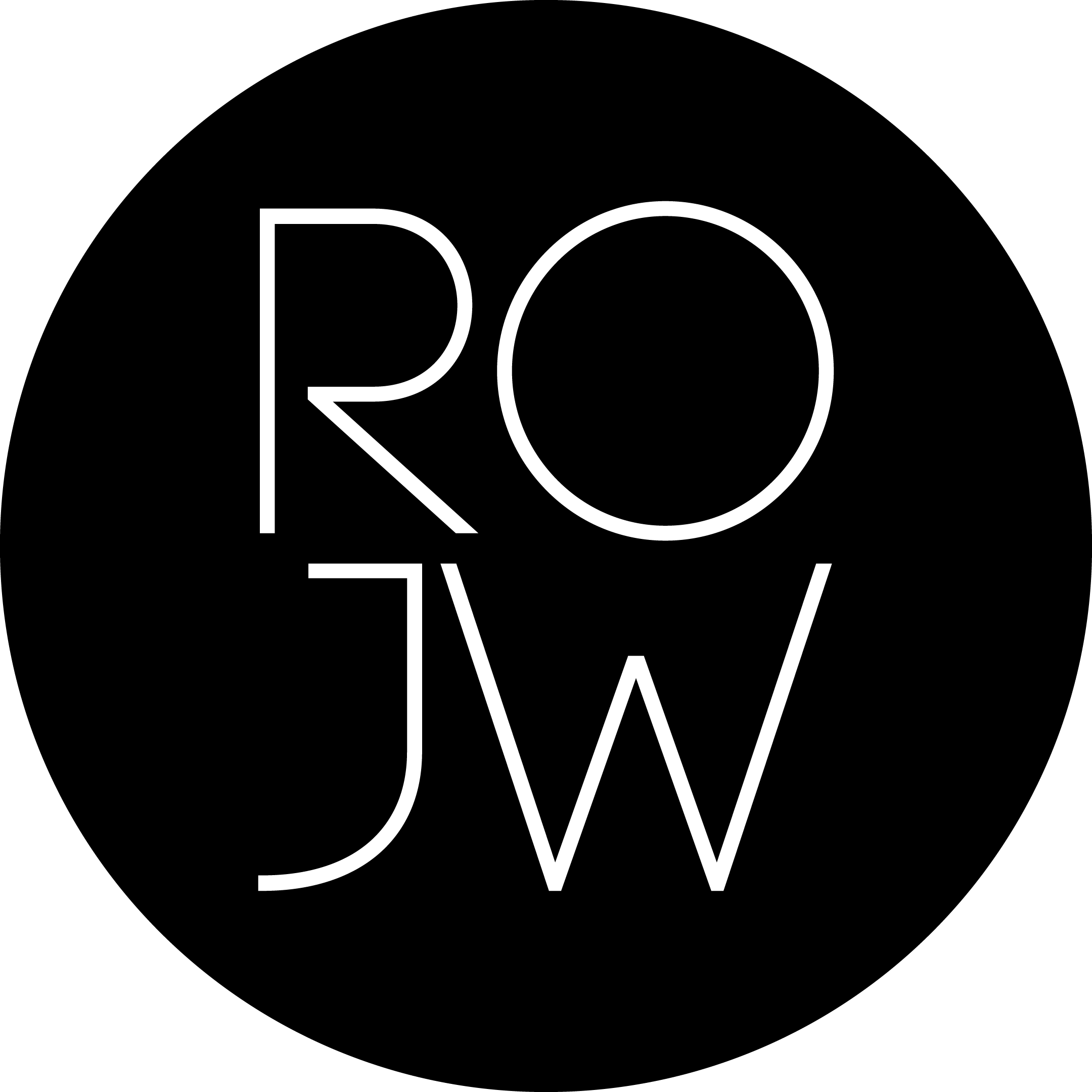Spot the Designer - Livia Zaharia/ Romania
What did you want to be when you were a child?
I don't quite remember but I think it was explorer. I always wanted to see interesting things, new places, meet various people. Of course I didn't ask myself how that could be done but it can be said that curiosity wasn't lost to this day.
When have you started creating jewelry? How did this passion come about?
I started creating jewelry around 2018. It was first from that aforementioned curiosity - can a shape I imagined and designed come to life? This question was that from which it all started.
What was your first project or significant piece for you and from what point of view?
As I said previously, it all started with a question. More specifically this question was can I make a silver ring? To this day I have no clue why a ring but that was it. I used what I knew best, 3d parametric modeling to design it and then 3d printed it and cast it into solid silver. It is still the heaviest ring I own. It was significant because, excluding it being the first, it was proof that anything I imagine can come to life-and living in an apartment and not owning a personal forge was not an issue. This - anything is possible - view is still an important part especially in stone setting. I can now set natural stones in ways most would not think of.
How do you charge your batteries? What other passions and creative interests do you have?
Usually I enjoy going for a walk or visiting new places, taking photos or experimenting. It is usually kind of rare for me to take time off.
What does the connection between manufacturing tradition and contemporary design mean to you?
Continuity and evolution. We have all the modern available means to process things such as 3d printers, vacuum casting, different alloys and chemical processes, but they all started from the same place. Tradition has brought knowledge, that is in turn used with the newer technologies. Shapes provide the evolution. Each historic or classical design was once called contemporary. What we now see as form requirements are inspired from what was once part of the manufacturing tradition.
Is there a self-portrait piece that speaks most about you?
Sticks and stones. That would be the most recent portrait-piece. To be more specific I believe that each piece you design has a tiny bit of self from the creator. Some have more than others. But during a designer's career there will be more than one such pieces.
The story with Sticks and stones started with the stone. It is an epidote with prehnite in an unprocessed shape. It looks like a floating city atop a small planet. First it was the challenge of how to fix the stone. It was heavy, I did not want to damage it and it had to tell the story. I had a image in my head of how it was supposed to look and behave. I just knew it had to look in a certain way.
However, after it was done I couldn't come up with a name. Each piece of mine has a name of it's own, like painters name their works. You can't really write a whole paragraph as a name. So I just remembered the old saying-Sticks and stones may break my bones but words will never hurt me. And I realized how fitting it was. The lone city on a floating planet, seemingly frail and lonely but which by its own existence proves its perseverance. And how that is exactly how we as humans should face life. How difficult times may come and go and we shouldn't give up. Also how sticks, stones and bones were already found inherently in the design and are also considered building materials, things that as an architect I interact with.
Which material have you not yet used is a temptation and a challenge for you?
Titanium and its color changing properties during electrical process. Also bismuth as an integration material.
How was the pandemic period for you as a jewelry designer?
Hard. Because the humans were gone. As a designer you can create nearly anything you dream of. However humans are the main engine. I could create pieces which did bring me joy but there were no fairs to go see more stone that could be set, or to go out as frequently to get some inspiration from nature. There were no weddings or joyful events where you could go, wearing your pieces, or courses to take until later when the restrictions were lifted.
So the pandemic can be said to have been a difficult period for me as a human, thus affecting also my identity as a jewelry designer.
How do you see the future of contemporary jewelry?
Well as I see it anything is possible, but there will be a large amount of new materials and techniques used in the future. We are already progressing from the classical noble metals and precious stones to forms that are not meant to precisely duplicate the original, but rather be a proof of concept. The method is not as important as long as the result is unique show what is was meant to show.
Find more about the designer Livia Zaharia


